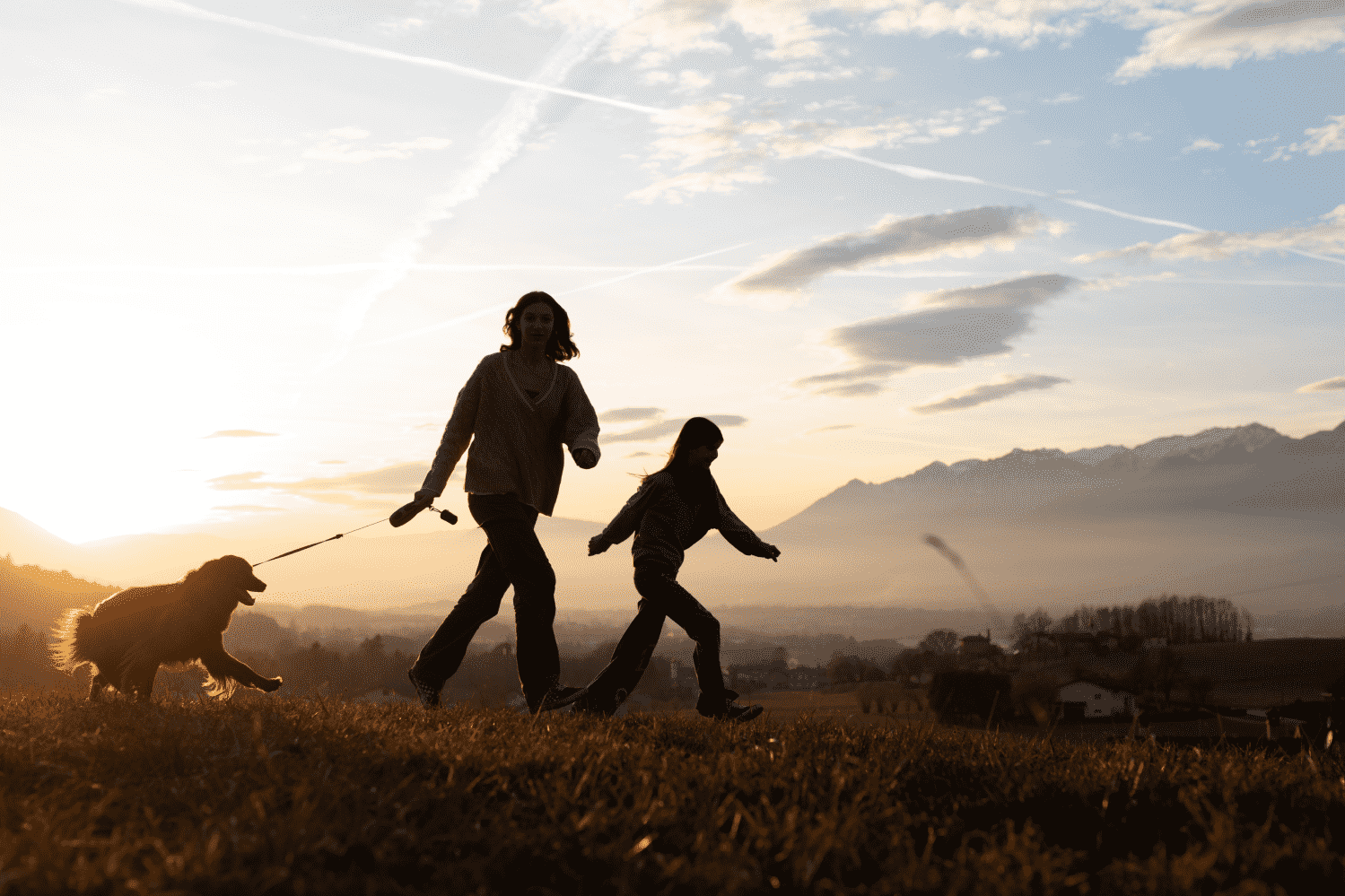
Not All Sexual Abuse Hurts
7 mins read
Start your journey, connect with us today.
Neuroscience research suggests that anxiety is a complex emotion that involves various brain regions and neural pathways. The amygdala, a small almond-shaped structure in the brain, is one of the key regions involved in processing emotions such as fear and anxiety. When we encounter a potential threat or danger, the amygdala sends signals to other parts of the brain, including the prefrontal cortex, to trigger the “fight or flight” response.
The “fight or flight” response is a survival mechanism that helps us respond to potential threats quickly and effectively. When the amygdala detects a potential threat, it activates the sympathetic nervous system, which releases adrenaline and other stress hormones into the bloodstream. These hormones prepare the body for action by increasing heart rate, breathing rate, and blood pressure, while diverting blood flow to the muscles and away from non-essential organs.
In this way, anxiety helps us to survive by preparing our bodies to respond to potential threats.
Anxiety is a natural emotion that helps us to be ready for any potential danger or threat. When our brain senses something that could be dangerous or scary, a small part of our brain called the amygdala helps us to react quickly to keep ourselves safe. It sends a message to our body to release special hormones that help us to get ready to either fight or run away – this is called the “fight or flight” response. These hormones make our heart beat faster, make us breathe quicker, and make our muscles ready to move.
So, anxiety is like a superpower that our body has, to help us stay safe from danger. When we feel anxious, our body is getting ready to protect us. It’s just like how a superhero might get ready. And just like how we trust superheroes to protect us, we can also trust our anxiety to help us stay safe in scary or dangerous situations.
Intense and excessive worry: If a child seems to be worrying excessively about things that other children their age are not concerned about or if their worries seem out of proportion to the situation, it may be a sign of anxiety.
Avoidance behaviors: Children with anxiety may avoid certain situations or activities because they are afraid or anxious about them. For example, a child with social anxiety may avoid going to school or social events.
Physical symptoms: Anxiety can also manifest in physical symptoms, such as headaches, stomachaches, or nausea. These symptoms may not have a medical cause and may be related to anxiety.
Sleep disturbances: Anxiety can also disrupt a child’s sleep patterns, causing them to have difficulty falling asleep, staying asleep, or having nightmares.
Changes in behavior: Children with anxiety may also exhibit changes in behavior, such as becoming more clingy or irritable, or displaying sudden outbursts of anger or sadness.
Take care of your own mental health: It’s important for you to take care of your own mental health. Modeling healthy coping skills and self-care practices can help children learn to manage their own emotions and anxiety.
Provide a safe and supportive environment: It’s essential for children to feel safe and supported at home. You can create a predictable routine and establish open communication with your child to help them feel more secure.
Validate their feelings: It’s important you acknowledge your child’s feelings and not dismiss or minimize their concerns. You can help them identify and label their emotions and provide empathy and support.
Teach coping skills: You can teach your child coping skills, such as deep breathing exercises, mindfulness techniques, and positive self-talk. These strategies can help children manage when they feel overwhelmed.
Seek professional help: If a child’s anxiety is interfering with their daily life and functioning, it may be necessary to seek professional help. A mental health professional can assess the child’s symptoms and provide support.
Deep breathing: Encouraging children to take deep breaths, slowly inhaling and exhaling, can help them regulate their breathing and calm their body.
Progressive muscle relaxation: This involves tensing and relaxing different muscle groups in the body, which can help children release physical tension and feel more relaxed.
Mindfulness: Mindfulness involves paying attention to the present moment, without judgment. This can help children tune in to their thoughts and emotions, and become more aware of their internal experiences.
Visualization: Guiding children to imagine a calm, peaceful scene can help them feel more relaxed and centered.
Exercise: Engaging in physical activity can help children release tension and improve their mood.
Creative expression: Encouraging children to express their emotions through art, music, or writing can be a helpful outlet for their feelings.
“Hey Awesome: A book about anxiety, courage, and being already awesome” by Karen Young
“Hey Warrior: A book for kids about anxiety” by Karen Young
Beyond Blue: Beyond Blue is an Australian mental health organization that provides support and resources for individuals and families experiencing mental health concerns, including anxiety. They offer online forums, phone support, and a range of online resources.
1300 224 636
Kids Helpline: Kids Helpline is an Australian counseling service for children and young people aged 5-25. They provide confidential phone and online counseling, as well as information and resources for parents.
1800 55 1800
Parentline: Parentline is a free telephone counseling service for parents and caregivers in Queensland and the Northern Territory. They provide support and advice on a range of parenting concerns, including how to support a child with anxiety.
1300 30 1300

7 mins read

8 mins read

8 mins read